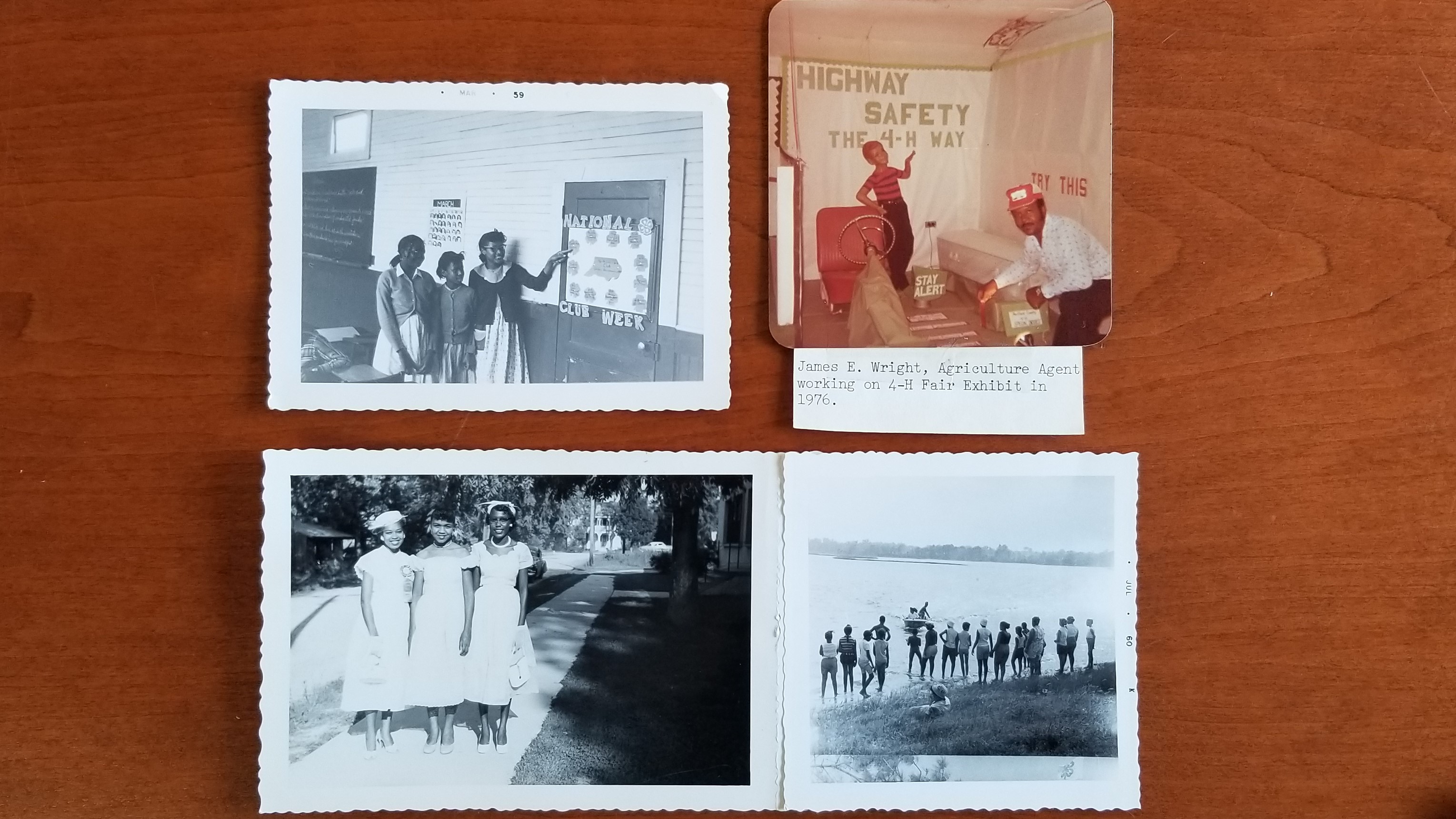
Photographs of the African American community and James E. Wright, Agriculture Agent, from Hertford County, North Carolina

Photographs of the African American community and James E. Wright, Agriculture Agent, from Hertford County, North Carolina
The Special Collections Research Center is pleased to announce that the collection guide for the newly processed North Carolina Cooperative Extension Service, County Operations Records is now available online. This collection comprises 34.85 linear feet and dates from 1909-2015, with the bulk of the materials from 1944-2008.
The Hatch Act of 1887 provided federal funds to state land-grant colleges in order to create a series of agricultural experiment stations, and to disseminate information produced by the stations’ research. North Carolina hired James A. Butler, its first white county agent, in 1907 to conduct demonstration work in boll weevil eradication. The North Carolina Agricultural Experiment Station, located at A & M College (today's NC State University), hired Neil Alexander Bailey as its first African American agricultural extension agent on November 1, 1910. Jane S. McKimmon became the first white woman to serve as a state home demonstration agent through the Agricultural Extension program at A & M College in November 1911.
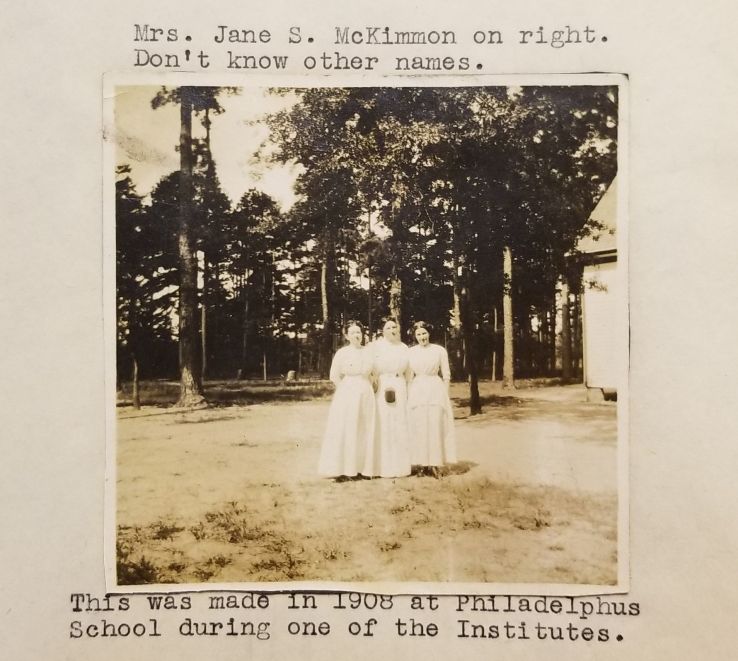
The Smith-Lever Act of 1914 established the Cooperative Extension Service associated with each land-grant institution. This partnership between land-grant universities and the United States Department of Agriculture (USDA) created a system to expand demonstration and extension work for men and women. North Carolina then founded the Agricultural Extension Service. County Extension Agents conducted agricultural demonstrations and helped with 4-H Clubs, and Home Demonstration agents provided help in running farm households, as well as health and nutrition information. County and Home Demonstration agents worked in cooperation with North Carolina State University and with North Carolina A & T State University. The North Carolina Agricultural Extension Service became the North Carolina Cooperative Extension Service in 1991, and today it is known simply as North Carolina Cooperative Extension.
The North Carolina Cooperative Extension, County Operations Records contain administrative records for the County Operations office and for such county offices as Hertford, McDowell, and Pamlico counties. The Pamlico County records comprises reports filed by county extension agents, including a record of county agent work from 1922-1935. The McDowell County records contain scrapbooks, photographs, publications, slides, and meeting minutes.
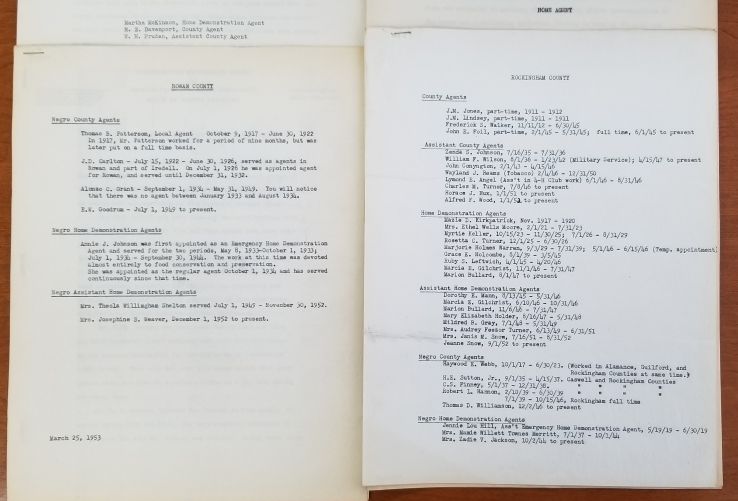
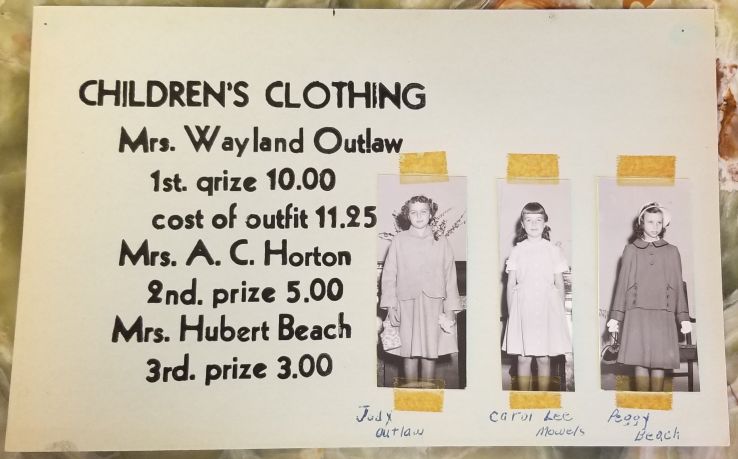
The Hertford County records include a history of extension work in the county, reports, photographs, publications, and scrapbooks. The materials in the Other Counties series represent all one hundred counties in North Carolina, and include farm census summaries, histories of extension work, agents lists, and publications. Those records are more sparce, however, than for the three counties indicated above.
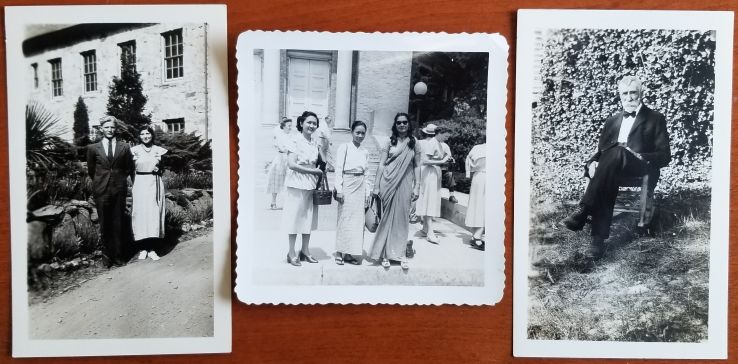
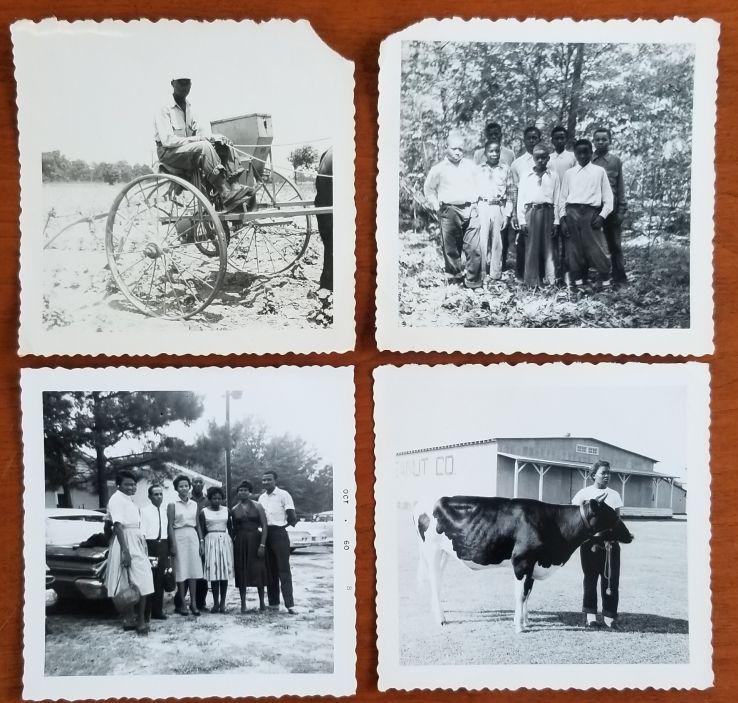
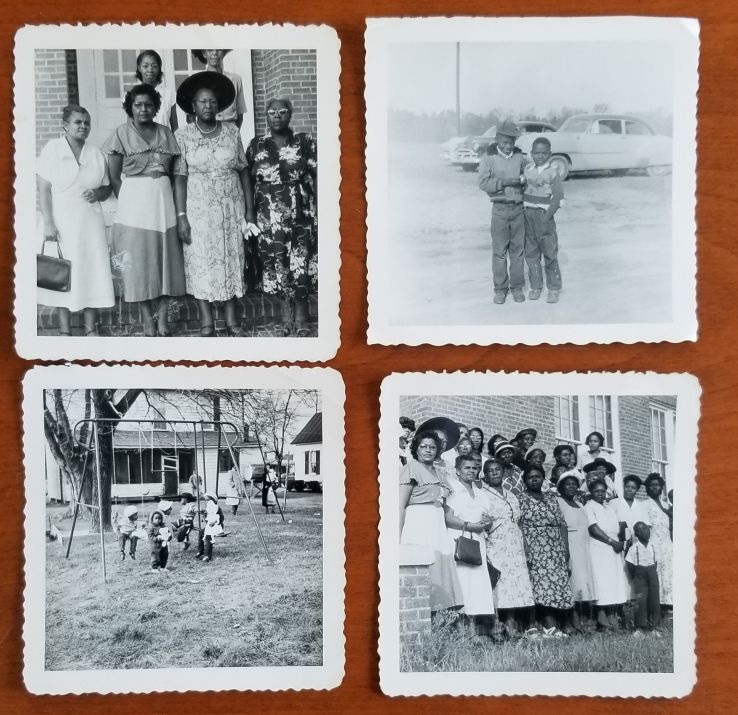
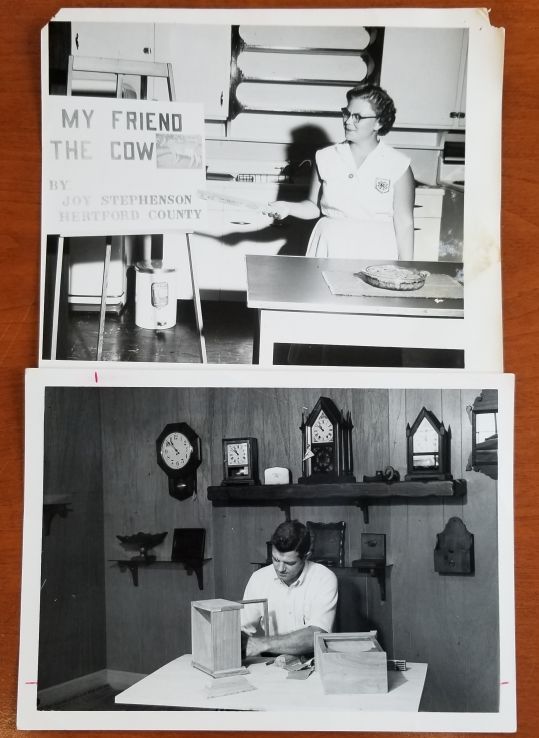
If you would like to learn more about cooperative extension work in North Carolina, please visit our Cooperative Extension Service timeline or look through our North Carolina Cooperative Extension Service Publications collection. You can view additional primary sources on cooperative extension at our Rare and Unique Digital Collections site. The Special Collections Research Center is open by appointment only. If you have any questions or are interested in viewing Special Collections materials, please contact us at library_specialcollections@ncsu.edu or submit a request online.
Special thanks to Ashton Reddish, Carter Claiborne, James Stephens, Katherine Russo, Stacey Minter, Kayla Bridgham, Trey Kaufman, and Cathy Dorin-Black for their work on this collection.